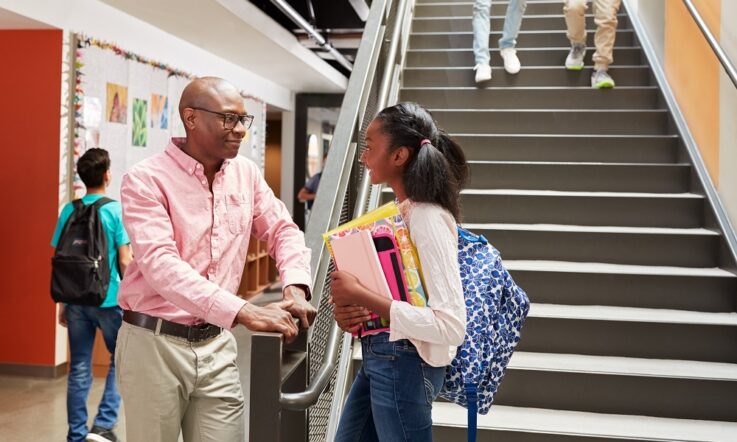Prioritising student wellbeing is not only essential for academic success but also for creating supportive and effective learning environments.
Research shows that young people are facing issues and personal challenges that impact their overall wellbeing. From the cost of living to school and study, personal relationships and mental health – young people report facing a range of societal, environmental and psychological issues that impact their overall wellbeing (McHale et al., 2024).
Schools play a critical role in supporting student mental health and promoting wellbeing initiatives. To support them in this work, the Australian Council for Educational Research (ACER) has produced the Wellbeing Program Guide – a comprehensive catalogue of 233 wellbeing programs.
‘The Wellbeing Program Guide is unique in that it comprehensively catalogues quality wellbeing programs across Australia,’ says Dr Daniel Edwards, ACER’s Head of Education Research, Policy and Development.
‘As research continues to show the impact of student wellbeing on learning outcomes, our guide gives teachers the direction they need to promote social, psychological and personal health in their learning environment.’
The goal of the guide is to address existing gaps in awareness and access, reduce barriers to identifying and selecting suitable programs, and ensure that wellbeing programs are evidence-based, locally relevant, and practical for educators to implement.
The issues young people are facing
Building resilience, tackling drug and alcohol related harm, and promoting positive relationships are just a few of the focus areas of the programs featured on the guide.
To facilitate the easy grouping and selection of programs, the team at ACER has established a universal framework of wellbeing-related domains to which programs can be mapped. The framework is informed by the Student Wellbeing and Engagement surveys that departments of education administer annually.
All the programs – including those that address suicide prevention, drug and alcohol use disorders and other challenges – have been mapped to either the social, psychological or physical wellbeing domains.

Figure 1: Domains and focus areas of the Wellbeing Framework
In using the guide’s filter system, teachers can find programs specifically tailored for culturally and linguistically diverse, LGBTIQA+ or First Nations students, and people with disability.
Teachers making a difference to student wellbeing
Edwards says the guide gives teachers the direction they need to promote wellbeing in their classrooms.
‘We know it is important to create an environment where all students can learn. Student wellbeing is critical and essential for learning to happen; it is foundational that teachers are attending to addressing the wellbeing needs of students in their classrooms,’ Edwards says.
‘Our work on the Wellbeing Program Guide aims to support teachers to do this work, making it easier than ever to find support to meet the needs of students in their own unique contexts. We’re delighted to see that it has already been so well received by program providers, teachers and school leaders around the country.’
With new programs assessed and added regularly to the catalogue, the directory will continue to become even more informative and accessible over time. The guide also provides general information about each program, including contact details, availability by state and territory, program focus, cost (if any), evidence base and more.
The Wellbeing Program Guide is developed and maintained by ACER in partnership with the Tasmanian Department of Health. To find out more or to access the guide, click the link.
References
McHale, R., Brennan, N., Boon, B., Richardson, E., Rossetto, A. & Christie, R. (2024). Youth Survey Report 2024. Sydney, NSW: Mission Australia.
As a teacher, what are some of the key wellbeing issues your students need support with? What resources do you use to address these challenges? How do you measure their effectiveness?
As a school leader, how do you go about choosing wellbeing programs for your school? Do you take a school-wide approach? When choosing a program, what are some of the key considerations?



